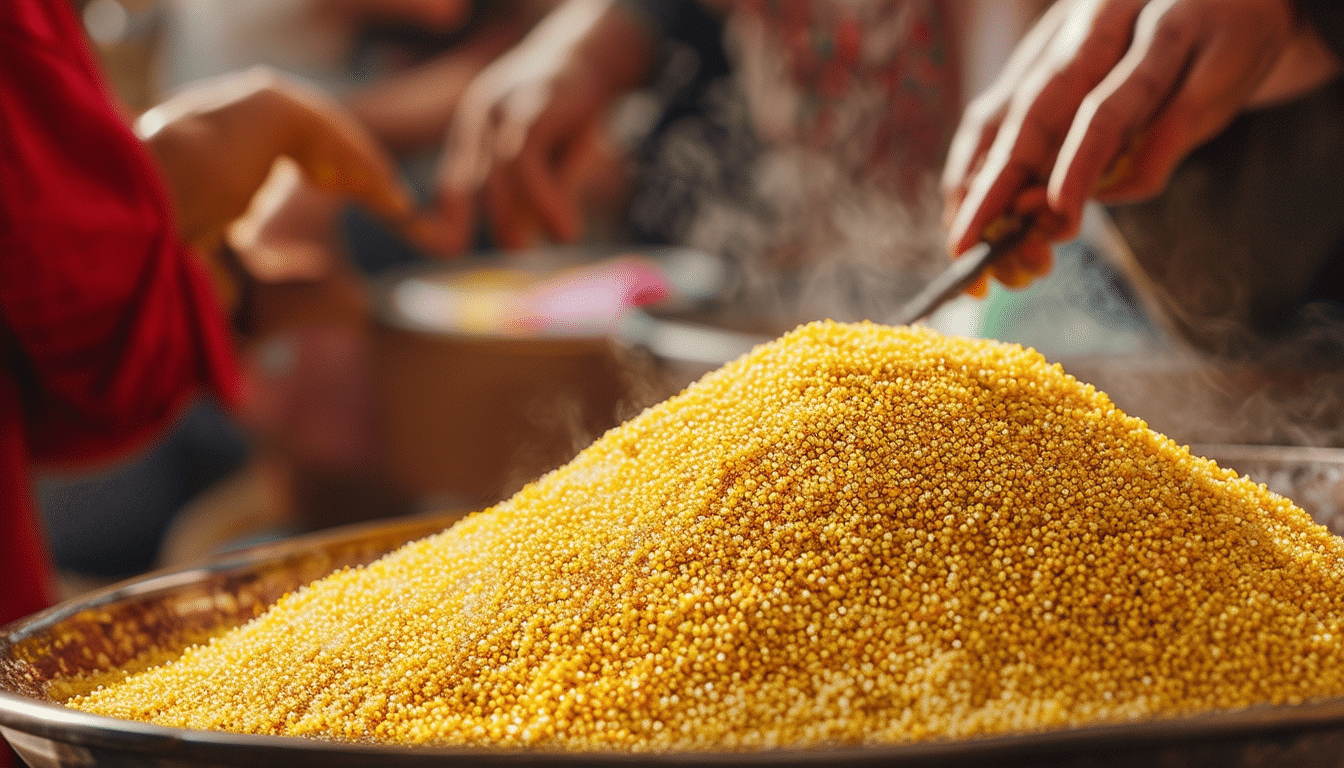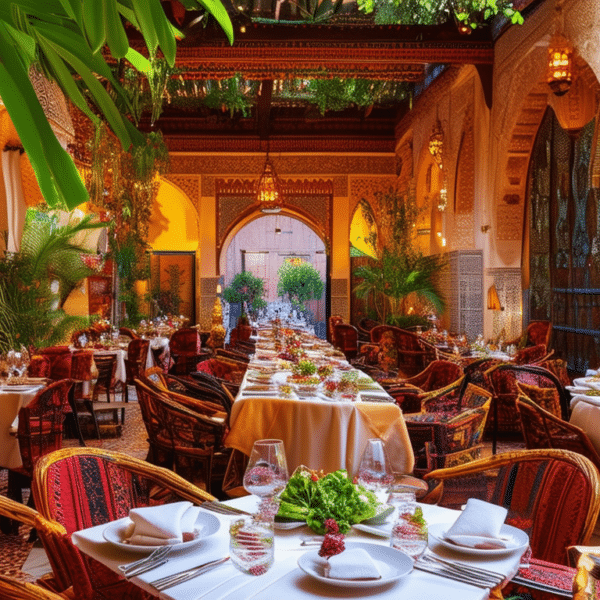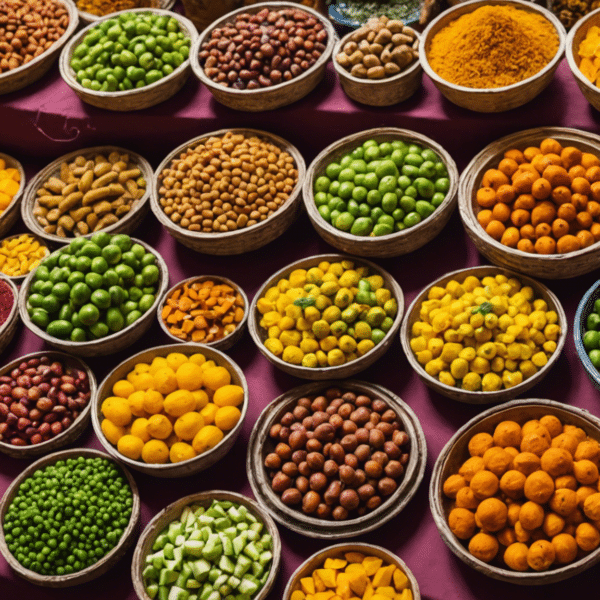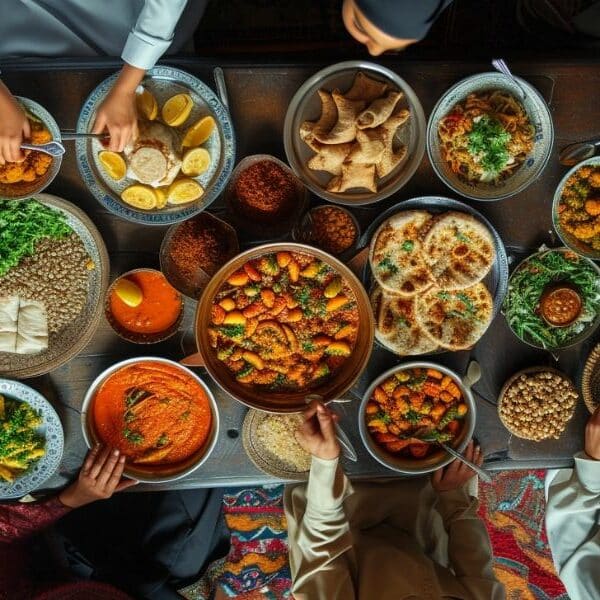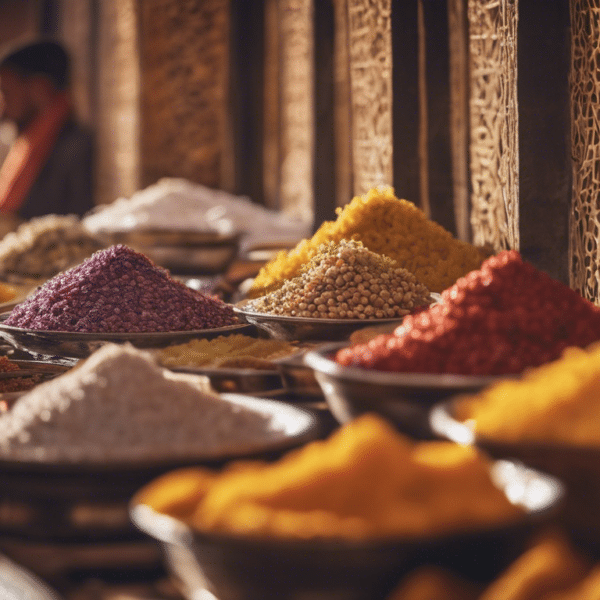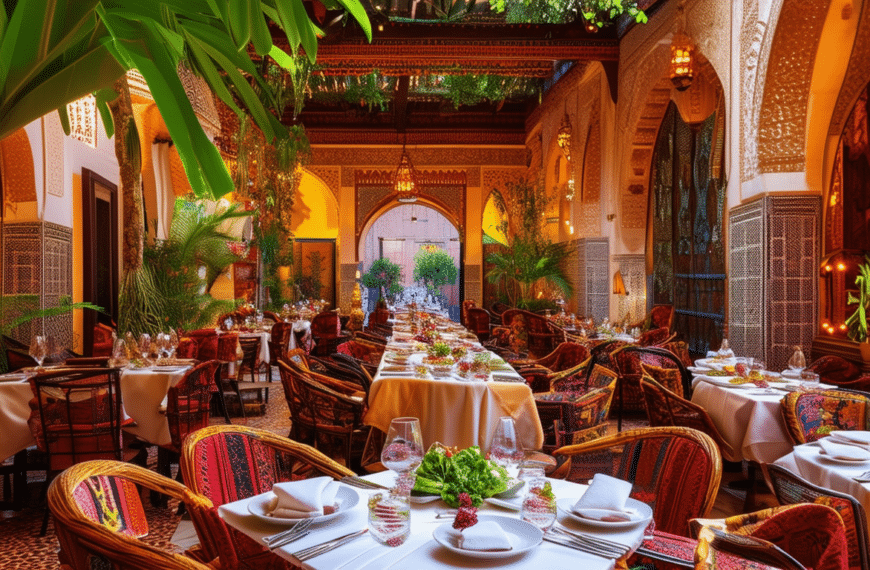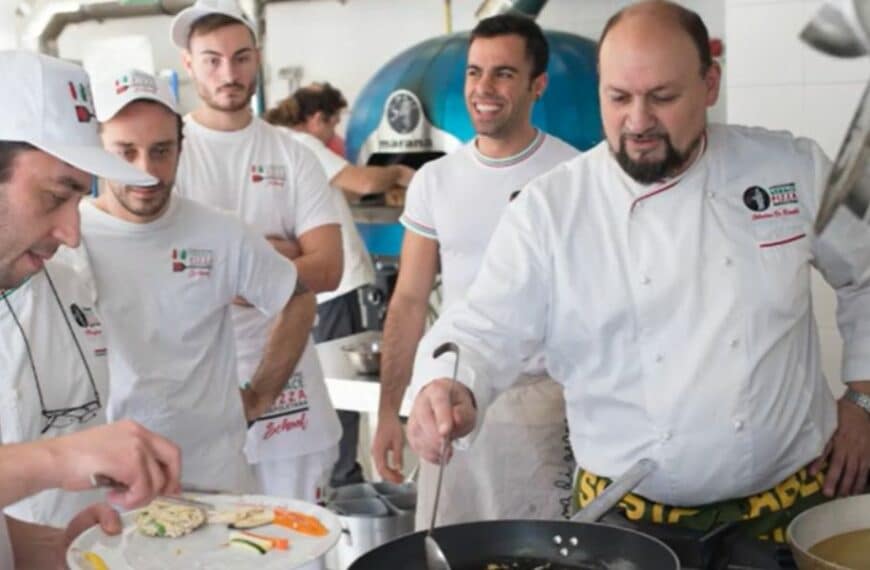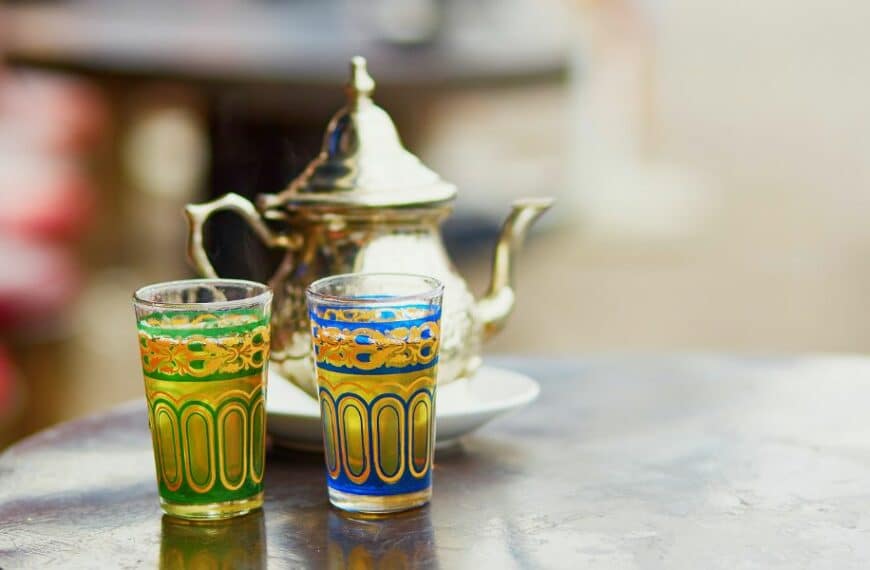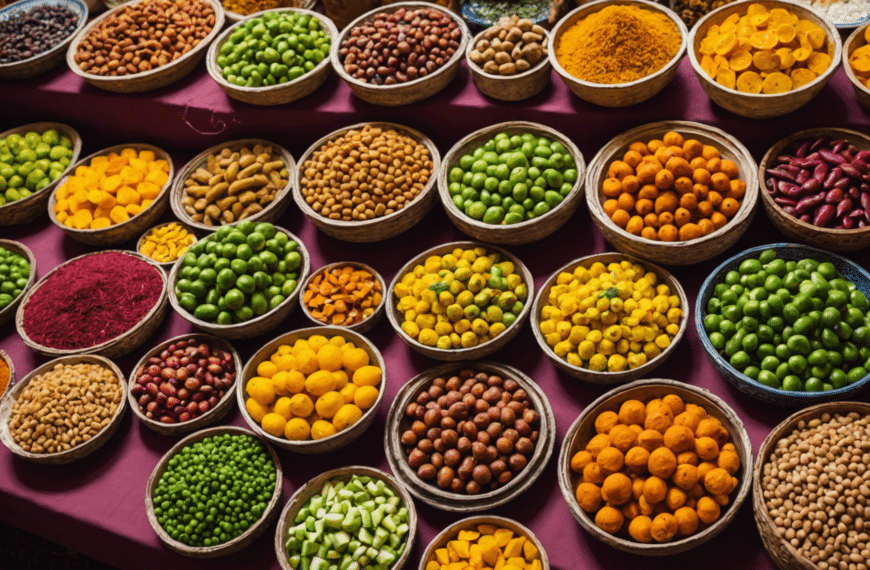Delving into the heart of Moroccan cuisine, one cannot overlook its most celebrated dish: couscous. This staple food, deeply ingrained in the culture and traditions of Morocco, offers more than just sustenance. It is a culinary art that brings families together and showcases the rich tapestry of Moroccan heritage.
The Origins and Significance of Couscous
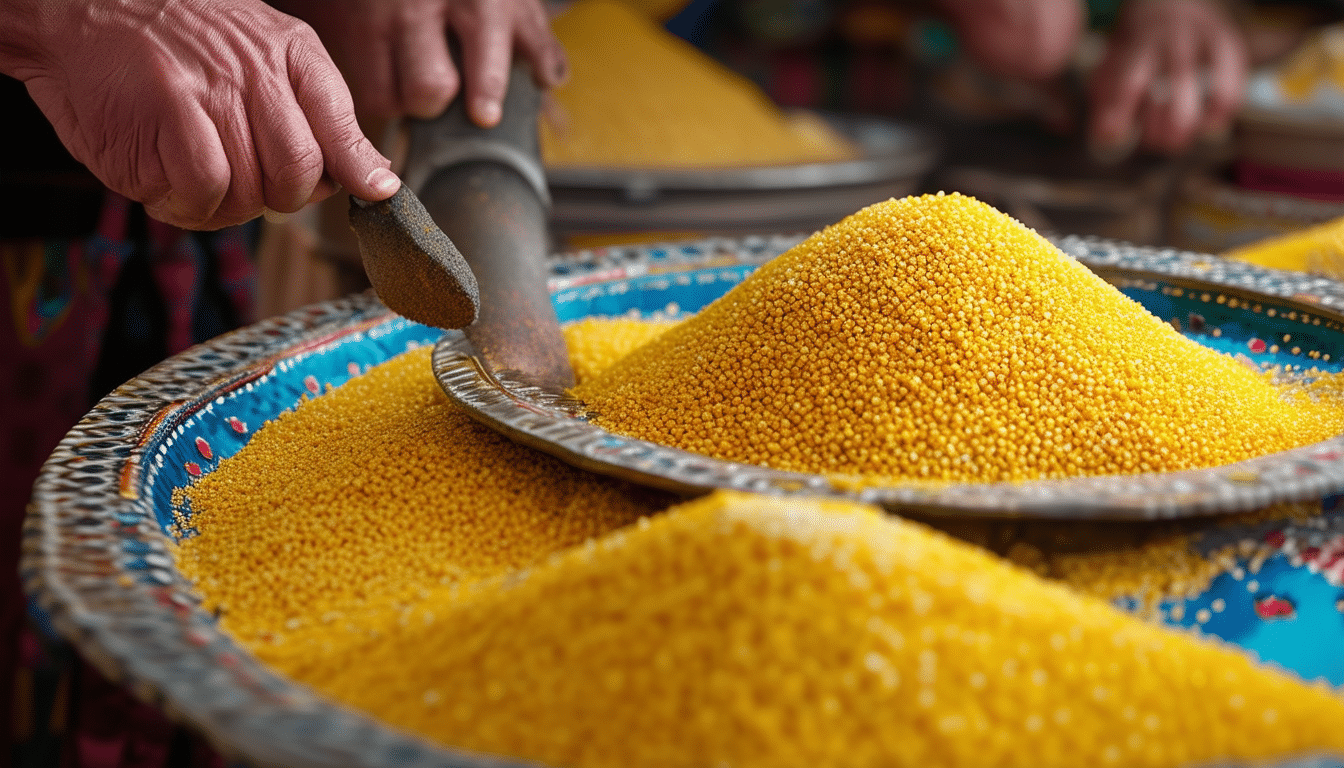
Couscous has been a cornerstone of North African cuisine for centuries. Historians suggest that its origins trace back to the Berber tribes, who were among the first to cultivate and prepare couscous as a primary meal. Over time, it has evolved but always retained its status as a symbol of hospitality and community in Moroccan society.
Ingredients and Varieties
The basic ingredient of couscous is semolina, which is coarse durum wheat. The magic in couscous making lies not only in its ingredients but also in the way it is prepared and served. There are several varieties of couscous, each unique to the region and the occasion:
- Plain couscous: Often served as a base for more elaborate dishes.
- Vegetable couscous: Includes seasonal vegetables steamed along with the grains.
- Meat couscous: Typically features chicken, lamb, or beef, along with a rich broth.
- Sweet couscous: Known as ‘seffa’, this dessert version is adorned with cinnamon, almonds, and sometimes sugar.
The Traditional Method of Preparation
Preparing couscous is an art form that requires patience and precision. Traditionally, it involves several steps that might vary slightly from one Moroccan home to another but always revolves around steaming the grains to perfection. The process begins with rinsing the couscous in cold water and then gently rubbing it to separate the grains. After this, it’s left to swell and then steamed over a pot of boiling broth or water using a special utensil known as a ‘couscoussier’.
The grains are steamed multiple times to ensure they are fluffy and not clumpy. Between each steaming session, they are aired out and sometimes mixed with small amounts of oil or butter to enhance flavor and separate the grains further. This meticulous preparation method highlights the importance of texture in Moroccan cuisine.
Cultural Significance During Festivities
In Morocco, couscous is more than just a daily meal; it is pivotal during celebrations and gatherings. It is traditionally served on Fridays for family lunch after prayers, during religious festivals such as Ramadan, and at weddings and birthdays. Each occasion might call for a specific type of couscous, reflecting both the seasonality of ingredients available and the significance of the event.
Pairings and Condiments
To fully appreciate couscous, understanding its accompaniments is essential. A typical Moroccan couscous dish is incomplete without its broth, often enriched with saffron, turmeric, and other spices that impart vibrant colors and flavors. Vegetables like carrots, zucchini, and turnips add texture while chickpeas provide a protein boost.
The crowning glory of a couscous dish is often ‘tfaya’, a caramelized onion and raisin topping that offers a delightful contrast with its sweet and savory notes. Harissa sauce might also accompany the dish for those who favor a spicy kick.
Experiencing Couscous in Marrakech
For travelers seeking an authentic taste of Moroccan life through its food, Marrakech offers myriad opportunities. From high-end restaurants serving gourmet versions to humble street stalls where you can enjoy hearty portions alongside locals — each provides a different perspective on this versatile dish. Participating in a cooking class can also offer deeper insight into the intricacies of Moroccan cooking techniques and traditions surrounding couscous.
In essence, exploring the art of couscous making opens up a window to understanding Moroccan culture at its core. It’s not merely about following recipes but embracing an experience that has been shared across generations—a true celebration of communal dining and traditional flavors.

